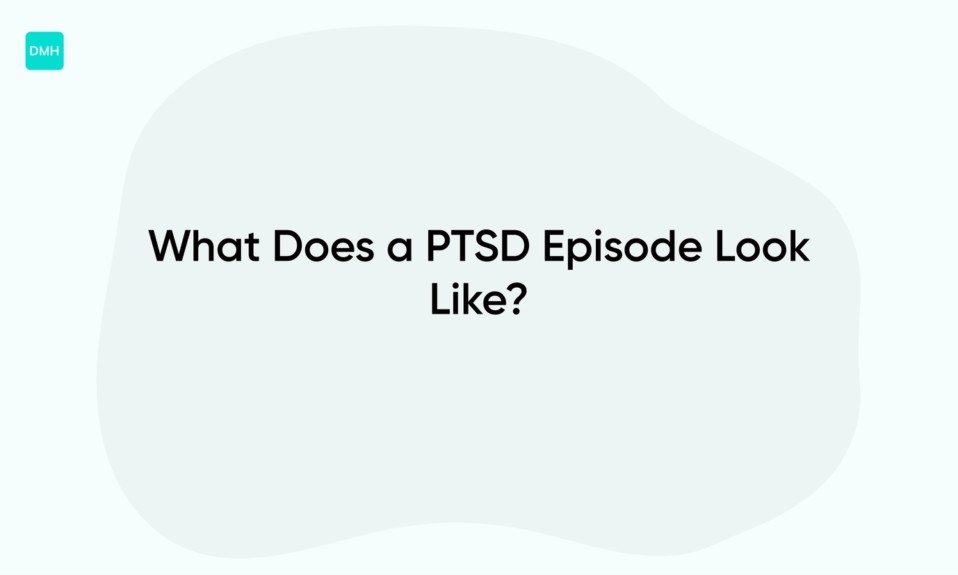A torn rotator cuff is a painful and debilitating injury that affects many people, especially athletes and those who engage in repetitive overhead activities.
The healing time for a torn rotator cuff typically depends on the severity of the injury, with mild cases healing within weeks to months with conservative treatment.
However, more severe cases may require surgery and months of rehabilitation.
In this article, we will explore the topic of how long it takes for a torn rotator cuff to heal without surgery and provide helpful information for those experiencing this injury.
- The healing time for a torn rotator cuff without surgery can vary greatly depending on the severity of the injury.
- In some cases, it can take several weeks to months for the inflammation and pain to subside.
- Range of motion exercises and physical therapy can be helpful in strengthening the shoulder and promoting healing.
- It is important to give the injured shoulder time to rest and avoid activities that may exacerbate the injury.
- If the tear is severe or does not show signs of improvement after several months, surgery may be necessary to repair the rotator cuff.
Overview of Torn Rotator Cuff Healing Process
The healing process of a torn rotator cuff can take a significant amount of time and effort.
The first stage of healing is the inflammation stage, where the body begins to send cell reinforcements to the affected area.
During this time, it is crucial to rest and avoid any strenuous activity to prevent further injury.
Applying ice to the area for 20 minutes every few hours can also help reduce swelling and pain.
The next stage is the repair stage, where the body begins to produce collagen and heal the damaged tissue.
Physical therapy is essential during this stage to promote blood flow and prevent scar tissue build-up.
Strengthening exercises targeting the rotator cuff muscles and range of motion exercises can improve healing outcomes, reduce pain, and prevent future injuries.
The final stage of healing is the remodeling phase, where the body continues to repair and reorganize the tissue.
This phase can last up to a year or longer, and it is essential to continue physical therapy during this time.
It is also vital to maintain good posture and work on shoulder stability to prevent future tears.
To help with the healing process, it is essential to maintain a healthy diet and avoid smoking, which can hinder the body’s healing capabilities.
Pain medication may also be prescribed to manage pain during the inflammation stage, but it is crucial to follow the doctor’s instructions carefully.
In conclusion, the healing process of a torn rotator cuff requires patience and dedication.
By following a proper treatment plan, including physical therapy and lifestyle changes, patients can significantly improve their healing outcomes and prevent future injuries.
Remember, the most crucial aspect of healing is to rest and allow the body to repair itself.
With time, effort, and the guidance of a healthcare professional, a full recovery is possible.
Natural Methods to Aid in Rotator Cuff Recovery
Rotator cuff injury is a common ailment among people who engage in sports and activities that require repetitive arm movements.
While surgery and physical therapy are viable options, there are also natural methods that can aid in rotator cuff recovery.
One of the most effective natural methods is rest.
Adequate rest allows the shoulder joint to heal and reduces the risk of further damage.
Another method is hot and cold therapy.
This involves using a warm compress for 20 minutes followed by a cold compress for 10 minutes, which can help with pain relief and reduce inflammation.
Another natural method is exercise therapy.
Through specific exercises, the muscles and tendons surrounding the rotator cuff can be strengthened, improving the body’s overall stability and range of motion.
For example, the doorway stretch involves standing in a doorway with your arms at your sides and your forearms pressed against the door frame.
Slowly step forward until you feel a stretch in your shoulders.
Hold for 15 to 30 seconds and then repeat.
Diet also plays a role in natural rotator cuff recovery.
Eating a diet rich in anti-inflammatory foods such as fruits, vegetables, and fatty fish can help reduce inflammation and promote healing.
In addition to diet, proper hydration is essential for recovery as well.
Drinking at least 8 glasses of water a day can help keep the body hydrated and flush out toxins.
Lastly, getting enough sleep is crucial for the body to heal itself.
During sleep, the body releases hormones that aid in tissue repair and regeneration.
A good night’s sleep can also help reduce inflammation and improve pain management.
In conclusion, natural methods such as rest, hot and cold therapy, exercise therapy, a diet rich in anti-inflammatory foods, hydration, and adequate sleep can aid in rotator cuff recovery.
Incorporating these methods into one’s daily routine can make a significant difference in the healing process and overall wellbeing.
Exercise Programs for Healing a Torn Rotator Cuff
A torn rotator cuff is a common injury that can be debilitating and limit a person’s ability to perform daily activities.
Exercise programs designed for healing a torn rotator cuff are an important aspect of recovery.
Such exercise programs typically involve a combination of strengthening, stretching, and balance exercises.
Strengthening exercises focused on the shoulder and rotator cuff muscles are important for improving stability and reducing the risk of further injury.
Examples of such exercises include shoulder presses, rows, and internal and external rotations.
Stretching exercises, on the other hand, can help improve range of motion and flexibility in the shoulder joint.
Examples of stretching exercises include cross-body stretches and overhead stretches.
Lastly, balance exercises can be useful in improving proprioception, which is the body’s awareness of its position and movement.
It is important to note that exercise programs should be tailored to the specific needs of the individual and their injury severity.
This is where consulting with a physical therapist or healthcare professional can be helpful.
A physical therapist can guide a person through the proper exercise techniques and progressions, as well as evaluate when it is safe to advance to more challenging exercises.
In addition to exercise programs, lifestyle modifications can play an important role in the healing process.
Rest and ice can help reduce swelling and inflammation, and avoiding activities that aggravate the injury can give the body time to heal.
Good nutrition can also help promote healing by providing the body with the necessary nutrients to repair tissue damage.
When it comes to recovering from a torn rotator cuff, patience and consistency are key.
It may take several months for full recovery, and it is important to listen to the body and not push too hard too soon.
By following a proper exercise program, making lifestyle changes, and getting proper rest and nutrition, individuals can successfully recover from a torn rotator cuff and regain their strength and mobility.
Read also: High Red Blood Cell Count: Causes, Symptoms, Treatment
Lifestyle Changes to Expedite Rotator Cuff Healing
One of the most common injuries in sports and physical activities is a rotator cuff tear, which can be debilitating and take a long time to heal.
While surgery may be required in severe cases, <=b>lifestyle changes can expedite the healing process for those with less severe injuries.
First and foremost, it is important to avoid any activities that may aggravate the injury, as that will only prolong the recovery time.
This may require taking a break from certain sports or exercises, but it is crucial for proper healing.
Nutrition also plays a vital role in the healing process.
A diet high in protein can help to repair and rebuild the damaged muscle tissue in the rotator cuff.
Additionally, consuming anti-inflammatory foods, such as turmeric or ginger, can help to reduce inflammation in the area, which can speed up the healing process.
Rest and physical therapy are also important components of expedited recovery.
Resting the affected area allows the body to focus on repairing the damage, while physical therapy can help to strengthen the surrounding muscles and prevent future injuries.
It is important to work with a professional physical therapist to ensure that exercises are done correctly and safely.
Finally, proper posture can aid in the healing process and prevent future injuries.
Sitting or standing with shoulders squared and back straight can help to alleviate stress on the rotator cuff and promote better alignment.
Incorporating these lifestyle changes can help to expedite the healing process for rotator cuff injuries, allowing individuals to return to their regular physical activities sooner.
By managing the injury with care and taking preventative measures, individuals can avoid further damage and maintain a healthy shoulder for years to come.
You’ll also like: Neutrophils: definition, absolute count, high, low and normal range
Non-Surgical Treatments for Rotator Cuff Tears
Many non-surgical treatments can help heal rotator cuff tears.
Physical therapy is a popular treatment option that can help restore strength and flexibility to the affected area.
Physical therapy can involve simple exercises, such as shoulder stretches, or more targeted exercises, such as rotator cuff strengthening exercises.
It is beneficial to work with a trained physical therapist who can tailor an exercise plan specific to the injury.
In addition to physical therapy, rest and ice therapy can also be effective to help reduce pain and inflammation.
Another treatment option is platelet-rich plasma (PRP) therapy.
This involves injecting the patient’s own platelets into the affected area.
Platelets contain growth factors that can help promote healing and reduce inflammation.
This treatment is becoming increasingly popular and has shown promising results in improving pain and functionality in patients with rotator cuff tears.
Finally, extracorporeal shockwave therapy (ESWT) is a non-invasive treatment option that uses acoustic waves to help heal the affected area.
This therapy has been shown to stimulate the healing process by increasing blood flow and promoting tissue regeneration.
This option is often recommended for patients who have tried other non-surgical treatments without success.
It is important to remember that the selection of treatment will depend on the severity of the injury and the patient’s overall health.
If a patient has a severely torn rotator cuff, surgery may be necessary to fully restore functionality.
However, for those with less severe injuries, non-surgical treatments can be just as effective.
In addition, following a healthy lifestyle that includes a balanced diet and regular exercise can help prevent future rotator cuff injuries.
Read also:










